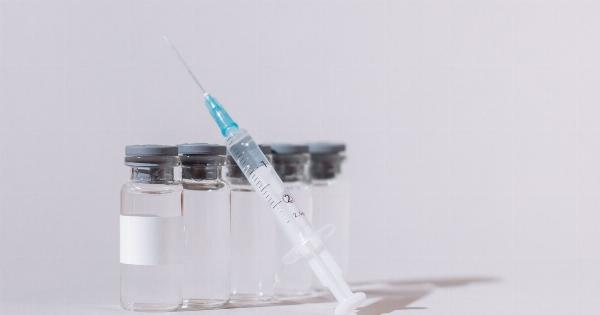An antigen is a foreign substance, such as a bacterium, a virus, or a toxin, that induces an immune response and production of antibodies.
Antigenic substances are used to create vaccines, which stimulate the body to create an immune response and build immunity against a specific pathogen. In this article, we analyze the efficacy of three popular antigenic components: protein, polysaccharide, and glycoprotein.
Protein as Antigenic Component
Protein antigens are among the most studied and commonly used in vaccines. Proteins are versatile antigens that can stimulate both arms of the immune system: cellular immunity and humoral immunity.
Cellular immunity involves T cells, which recognize and destroy infected cells, while humoral immunity involves B cells, which produce antibodies that neutralize extracellular pathogens.
Proteins used as vaccine antigens can be either whole inactivated pathogen or purified proteins from the pathogen.
Whole inactivated pathogen vaccines, such as the inactivated poliovirus vaccine (IPV), contain killed viruses that induce a strong and long-lasting immune response. Purified protein vaccines, such as the hepatitis B vaccine, contain a specific protein from the pathogen that stimulates the immune system.
Protein antigens have several advantages. They are highly immunogenic and can be produced in large quantities using recombinant DNA technology. However, they also have limitations.
Some protein antigens may be poorly immunogenic, and may require adjuvants (substances added to vaccines to enhance the immune response). Protein antigens may be highly variable, meaning they can mutate quickly and evade the immune system.
Polysaccharide as Antigenic Component
Polysaccharides are large molecules made up of repeating sugar units. Polysaccharide antigens are commonly used in vaccines against bacteria that have an outer polysaccharide capsule, such as Streptococcus pneumoniae and Neisseria meningitidis.
The immune system produces antibodies against the polysaccharide capsule, which prevents the bacteria from invading the body.
Polysaccharide antigens are easy to produce and are stable, but they have several limitations. They are poorly immunogenic in children under two years of age and in older adults, who have weakened immune systems.
Polysaccharide antigens also do not induce a strong and long-lasting immune response. To overcome these limitations, polysaccharide antigens are conjugated (chemically linked) to carrier proteins, such as tetanus toxoid or diphtheria toxoid, which improve their immunogenicity and induce a stronger immune response.
Glycoprotein as Antigenic Component
Glycoproteins are proteins that have sugar molecules attached to them. Glycoprotein antigens are commonly used in vaccines against viruses that have an envelope made of glycoproteins, such as influenza virus and human papillomavirus (HPV).
The immune system produces antibodies against the glycoprotein envelope, which prevents the virus from entering the body.
Glycoprotein antigens are highly immunogenic and induce a strong and long-lasting immune response. They are also stable and can be produced using recombinant DNA technology.
However, glycoprotein antigens may be less effective against viruses that mutate quickly, such as influenza virus. In these cases, new vaccine formulations are required to adapt to the mutating virus.
Conclusion
Protein, polysaccharide, and glycoprotein antigens are commonly used in vaccines and have their own advantages and limitations. Protein antigens are versatile and highly immunogenic, but may require adjuvants and can mutate quickly.
Polysaccharide antigens are easy to produce and stable, but may be poorly immunogenic in certain populations. Glycoprotein antigens are highly effective and induce a strong immune response, but may be less effective against mutating viruses.
Understanding the efficacy of antigenic components is important for developing effective vaccines against infectious diseases.






























